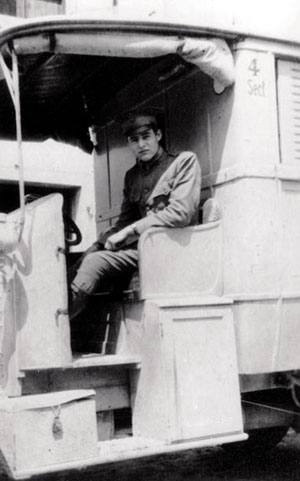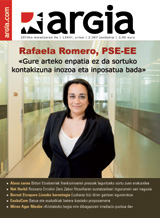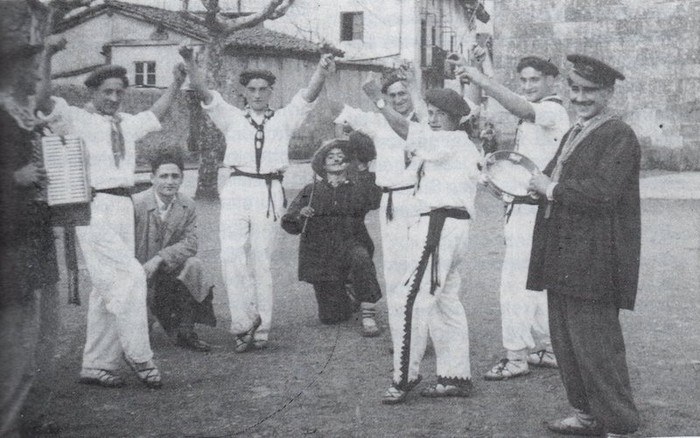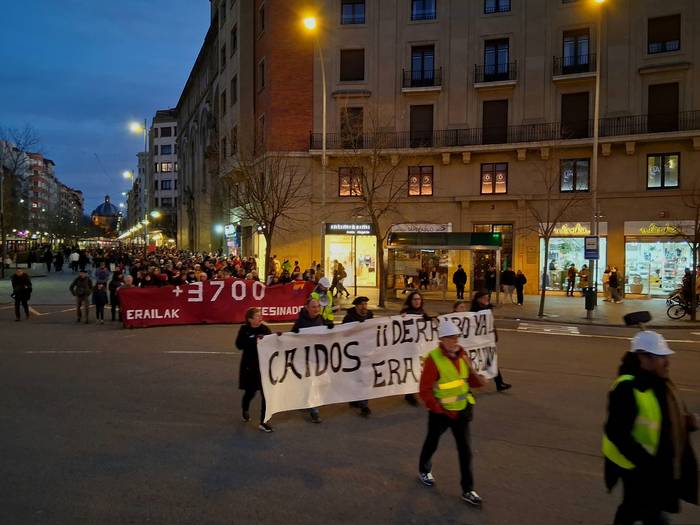When literature doesn't feed the great writers

San Francisco, USA 1889. At the age of thirteen, writer Jack London (1876-1916) began working at the Hickmott packaging factory. He spent between twelve and eighteen hours a day at work, and fed up with harsh conditions, he started collecting his oysters. He had been wandering, he had gone through jail and he had caught up with the golden fever. With the advent of the new century, London began to use innovative printing techniques to publish its works at modest prices, which enabled it to live the literature at the age of 25.
Wallace Stevens (1879-1955) served as a lawyer before becoming a successful poet, but, unlike London, he retained the right after his success. Henry was employed by the David Thoreau family pencil factory – at least he had the opportunity to save on writing material – Charles Dickens worked at a bitumen factory, Arthur Conan Doyle was an ophthalmologist and Richard Wright was a postman.
Some were accompanied by the alternative profession in their literary career. Langston Hughes (1902-1967), serving in a restaurant, served the poet table Vachel Lindsay. He gave Lindsay a number of his poems with the soup, and his life changed.
These unexpected works inspired others. The search for oysters, gold or problems had a great influence on the work of Jack London. And working at a gas station probably helped Jack Kerouac write the road novel On The Road.
One of the most common professions of writers, although it may seem surprising, was to be the driver of ambulances during the last century. Ernest Hemingway, Dashiell Hammett, E. R. Cummings, W Somerset Maughan, John Dos Passos and Archibald MacLeish were engaged in the transport of the wounded in both the First and Second World War. Therefore, rather than lack of money or need for inspiration, the war led them to drive ambulances.
Among all the writers cited, there are no women, not because they were lucky enough to write for a full-time activity, but because they worked in jobs without pay and without recognition. And they were often denied the possibility of being writers, like the Brontë sisters. Emily and Anne invented pseudonyms in order to publish their works, and Charlotte was forced to hide the manuscripts of the masterpiece Jane Eyre from the potatoes.
Judea, 2nd century AD. In the turbulent atmosphere of the Roman province, a trial was held against Gaddaliah and Saul, accused of fraud and tax evasion. The trial was reported on a 133-line paper in Greek (pictured). Thinking that it was a Nabataean document, the papyrus was... [+]
Poloniar ikerlari talde batek Sevillako Italica aztarnategiko Txorien Etxea aztertu du, eta eraikinaren zoruko mosaikoak erromatar garaiko hegazti-bilduma xeheena dela ondorioztatu du.
Txorien etxean 33 hegazti daude mosaikoetan xehetasun handiz irudikatuta. Beste... [+]
Archaeologists have discovered more than 600 engraved stones at the Vasagård site in Denmark. According to the results of the data, dating back to 4,900 years ago, it is also known that a violent eruption of a volcano occurred in Alaska at that time. The effects of this... [+]
Vietnam, February 7, 1965. The U.S. Air Force first used napalma against the civilian population. It was not the first time that gelatinous gasoline was used. It began to be launched with bombs during World War II and, in Vietnam itself, it was used during the Indochina War in... [+]
I just saw a series from another sad detective. All the plots take place on a remote island in Scotland. You know how these fictions work: many dead, ordinary people but not so many, and the dark green landscape. This time it reminded me of a trip I made to the Scottish... [+]
Japan, 8th century. In the middle of the Nara Era they began to use the term furoshiki, but until the Edo Era (XVII-XIX. the 20th century) did not spread. Furoshiki is the art of collecting objects in ovens, but its etymology makes its origin clear: furo means bath and shiki... [+]






















